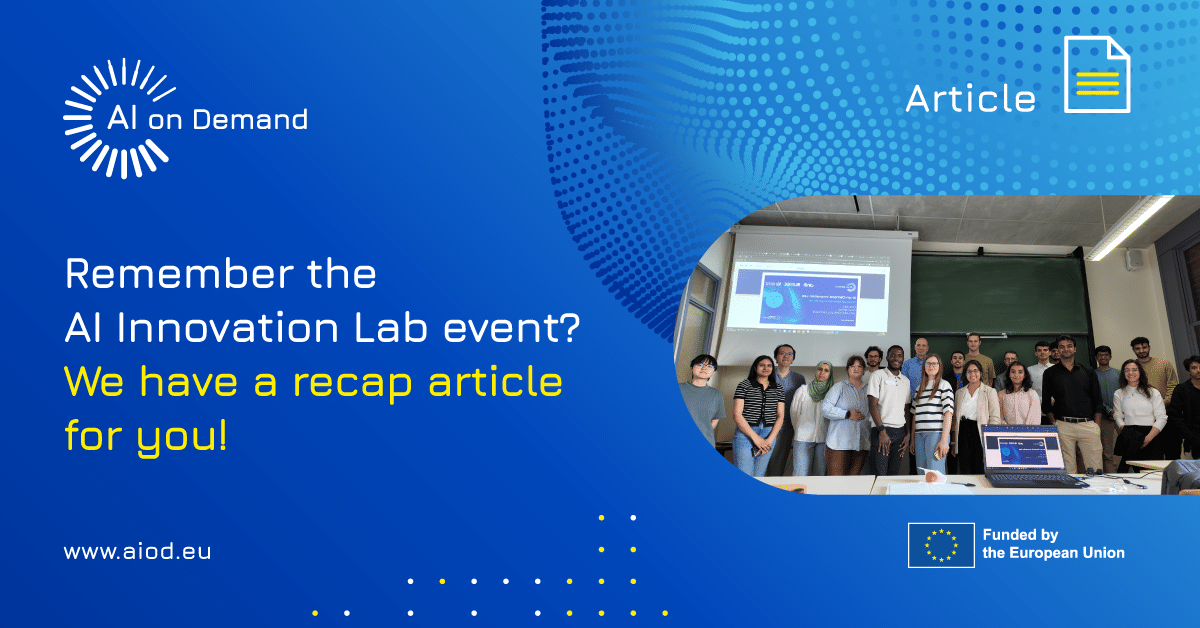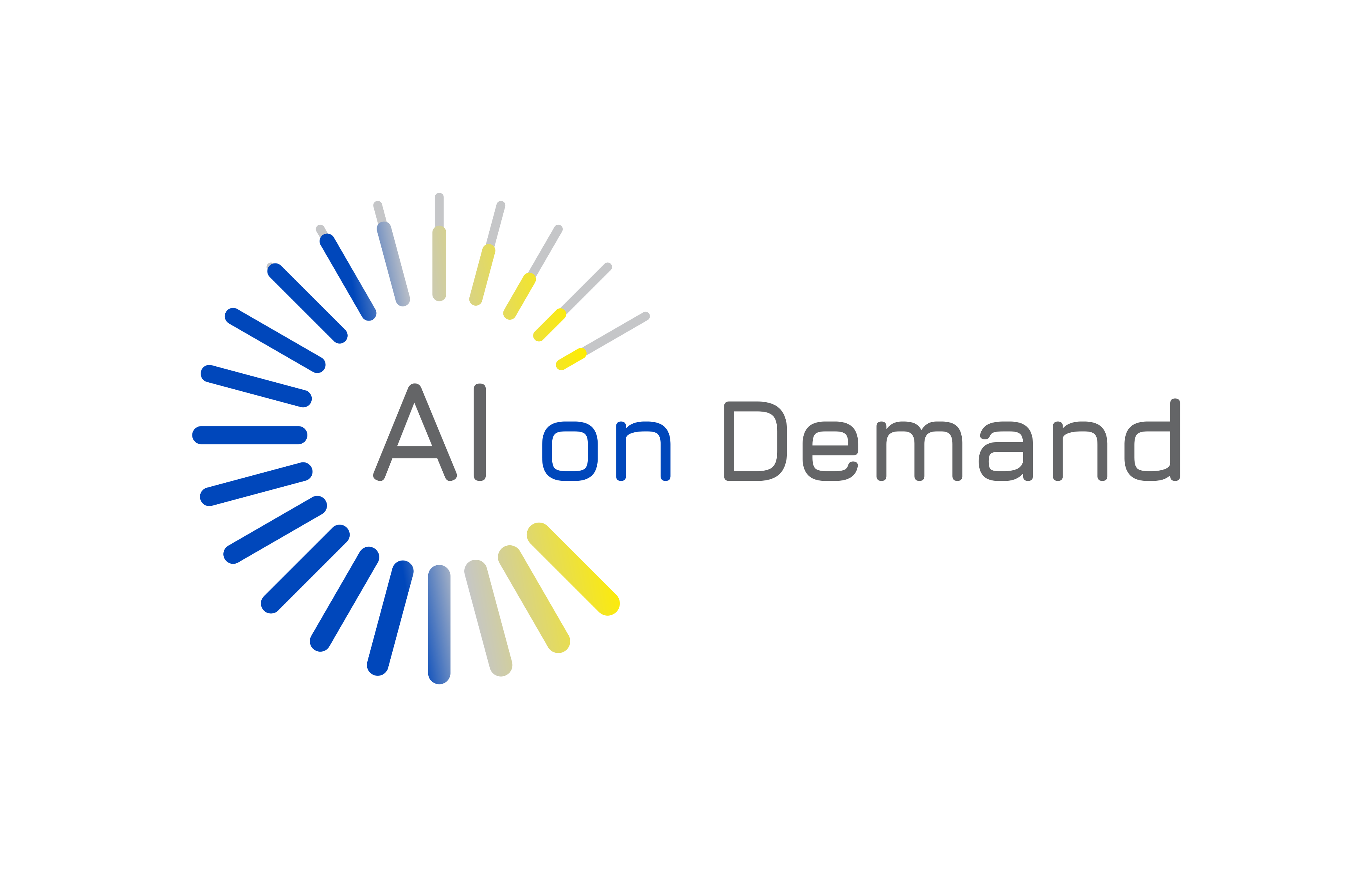AI-on-Demand Innovation Lab: A hands-on journey into Agentic AI

The AI-on-Demand Innovation Lab, hosted at Université Paris Cité on June 11, 2025, attracted developers, students, and young researchers to roll up their sleeves and dive into an immersive day of hands-on AI prototyping. Using the AI Builder service of the AI-on-Demand platform, the event was structured around creating functioning agentic AI systems—prototypes that could reason, retrieve, and act autonomously using modular, reusable components.
The day began with an introductory session that familiarized participants with the AI-on-Demand platform, its goals, and its modular architecture. This opening provided essential context for the tools and workflows participants would use throughout the lab. The session also featured two invited AI entrepreneurs who shared their insights into the evolving AI ecosystem, highlighted emerging opportunities in the field, and offered reflections on where agent-based and generative AI technologies are heading—setting an inspiring tone for the hands-on work that followed.
Connecting intelligence with SmartRAG
In the first hands-on task, participants were challenged to build a retrieval-augmented generation (RAG) pipeline, designed to answer user questions based on a custom uploaded document. Using the sample file “Environmental Sustainability: Research Growth and Trends,” they configured a RAG workflow that connected a vector-based document retriever to a language model. Participants tested the pipeline by asking guided questions, then experimented with different AI models within AI-Builder to compare performance. They refined prompts to improve response quality and used built-in tools to capture execution metadata—recording prompt settings, model behavior, and performance metrics. Once the system delivered satisfactory results, participants published their final pipeline on the platform.
Teaching Agents to remember
In the second task, participants explored the capabilities of the MemoryGraph pipeline—an agentic AI system enhanced with graph-based memory. Built on a preloaded knowledge graph about Countries of Europe (comprising 95 nodes), the task invited users to interact with the agent by submitting new facts, asking questions, and triggering memory storage using the keyword store:. The goal was to evaluate how effectively the system could extract structured information, integrate it into the graph, and retrieve relevant knowledge during conversations. Participants observed how the pipeline managed follow-up queries, handled contradictions, and linked related concepts using Neo4j-backed memory. This exercise encouraged critical analysis of the agent’s reasoning capabilities and surfaced valuable insights into the strengths and limitations of structured memory in conversational AI.
Designing autonomous workflows
In the final task, participants were invited to design and customize agentic workflows within AI-Builder by integrating pre-built MCP servers—specialized microservices offering real-time capabilities such as weather forecasting, web scraping, location-based searches, news aggregation, Wikipedia knowledge extraction, and urban planning analytics. Using the platform’s two LLMs with tool-calling features, attendees connected these servers to create dynamic, goal-driven AI agents. They experimented with prompt engineering to effectively harness the MCP tools, learning to craft clear, context-rich prompts that guided the agents toward precise and useful outputs.Participants successfully built multi-step pipelines that demonstrated how combining external tools with language models can enable sophisticated, autonomous workflows. This task highlighted the practical challenges and creative possibilities of orchestrating agentic AI in real-world scenarios.
A community of innovators: Curious, inventive, collaborative
Throughout the lab, participants were very engaged—experimenting with parameters, asking thoughtful technical questions, and collaborating across teams. Their creativity showed in how they adapted the tools to novel use cases, from research assistants to document analysis bots.
Feedback from the event was highly positive, with many highlighting the unique value of being able to learn by doing. Rather than passively observing, attendees built, tested, and iterated—gaining practical experience with tools they can now take into their own research and development work.
The Innovation Lab underscored the power of open tools, structured workflows, and an environment that fosters creativity. It was a compelling demonstration of how accessible, hands-on AI infrastructure can turn curiosity into working intelligence—within a single day



